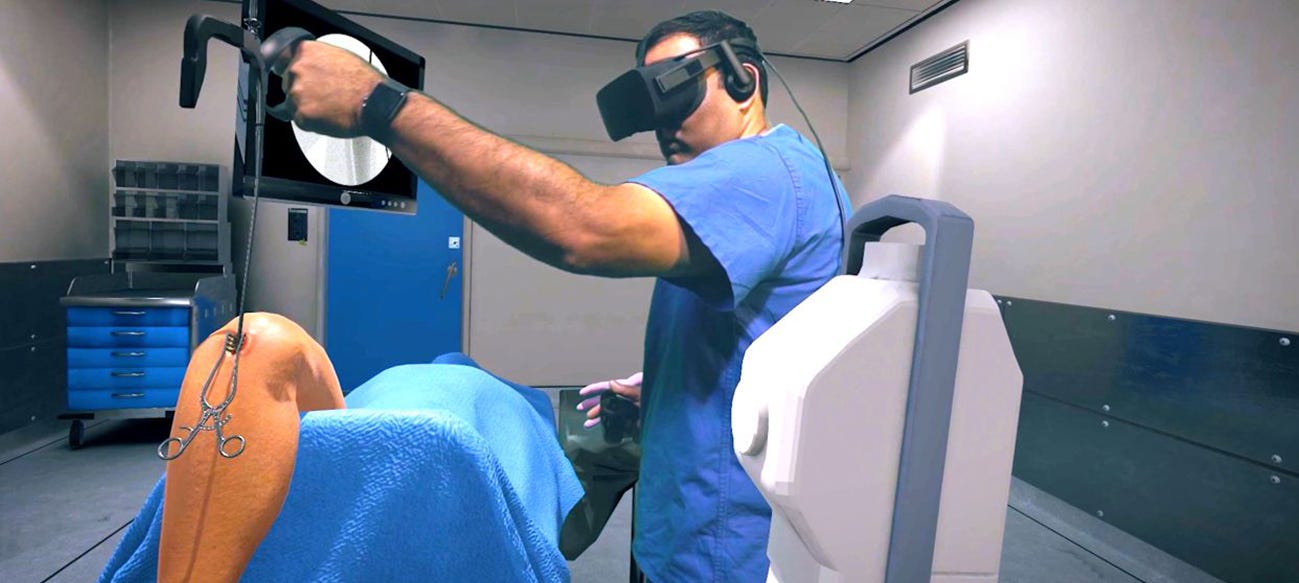🦄 vol. 6
matt and claude chat about cool ways to deliver education and the opportunity to innovate on the periphery
lessons in edtech 📚
Recent weeks have been marked by two very different tales for EdTech. A Chinese government crackdown on a once-booming EdTech sector saw shares plummet; so much so that one tycoon lost $15bn of his wealth (ouch 🤕). This was contrasted by the story of now-popular language-learning app Duolingo, whose IPO on the Nasdaq closed 36% up from listing price. Beyond the headlines, the rise of EdTech provides promise to a world looking for new ways to impart knowledge in an efficient and equitable manner.
Same old, same old 🧐
Even in recent years, when it comes to education, it seems we've been iterating on the edges. That is to say, that while we've seen innovation in the how we deliver education, it's largely just a fancy repackaging of the same old methods. What’s worse, I feel that most of our educational offerings today are preparing kids for jobs that no longer exist.
Sash looked at UCT's new online high school in vol. 3, which really just involves migrating didactic lectures onto a more widely-accessible online platform. Coursera monetised in a similar way, offering incumbents an avenue to generate more reach (and more $). Other players like edX, Udemy and Udacity all do similar things.
Using tech to deliver education is different from using tech to educate people 🤓
Adaptive learning makes use of AI to optimise our learning. Quizlet allows its 30 million users to create flashcards, and then deploys machine learning to guide their learning. Kidaptive focuses on creating educational profiles of its young users through data collection, teaching language and math through interactive, personalised animations and storytelling.
After seemingly stalling, AR and VR are now being used to deliver immersive education. Medical students learn about the human body using Microsoft HoloLens’ mixed reality and high school kids can virtually dissect frogs with Froggipedia. Osso VR is even being used to train orthopaedic surgeons.
A left-field inclusion is Masterclass, an aspirational Netflix-come-Coursera, where you learn from those at the top of their respective crafts; be it Serena Williams talking you through a serve and volley or Gordan Ramsey helping you perfect your Thursday night roast chicken. Masterclass’ relevance grows as the necessity for life-long learning becomes more apparent (and hell, it’s a lot more fun than a lecture anyway).
Takeaways 🍔 🍕
There are innumerable benefits in expanding access to education; for one, the fact that a kid in South Africa only needs an internet connection (satellite broadband anyone?😉) to complete a course at MIT is indicative of epic progress. And from an African perspective, perhaps increased access to educational material should be our primary focus for now...
But we’re missing a beat in not using all or more of technology’s tools to improve on the way we impart knowledge. EdTech has the potential and scope to shape new-age education, ushering in an era where we optimise for outcomes and equip ourselves with skills for this new world.
matt
innovation can start on the periphery 💡
Sometimes ideas are serendipitous, other times we’re inspired by something we see. For those of you looking for some inspiration, I recently came across a really interesting tweet:

The main takeaway was that: there’s always a tradeoff, as software companies scale, they are forced to focus on a minimal core feature set with the largest overlap between its users.
An example 🤓
Let's unpack it using the example of WhatsApp:
Adding new features to your user interface introduces clutter. Clutter impedes usability, and reducing the usability of your application for 99.9% of users with a feature that 0.1% are requesting... is not a sound decision.
There is also an engineering and maintenance cost associated with adding features. Therefore, feature requests are prioritised by customer demand. i.e the highest tally wins.
To illustrate this, some WhatsApp users may want the ability to schedule messages e.g. "send a birthday message to person X tomorrow at 7AM" or maybe the ability to send people money through the app. These would all require reworks to the user interface which risks affecting usability and they would take months of engineering effort to complete, and years further to maintain.
These constraints on user interface real estate and engineering capacity do not leave a lot of room for solving for edge cases.
To the hopeful entrepreneur👇🏽
This is amazing news! If you take a sizeable company with millions of users, suddenly that feature request that the 0.1% segment of users are asking for actually addresses a significant amount of people. WhatsApp has more than 2 billion active users, that 0.1% amounts to 2 million users. That could be your in.
What's even more exciting is that there are many such features that could benefit a substantial set of users on the periphery of the core product. This is where some other product can come in to address the missing supply.
Seeing that big tech loves acquiring, why don't you try to solve for something that one of their products is currently missing with the hope of acquisition?
Innovation can start on the periphery.
claude
sash loved the latest episode of the all-in podcast
if you’re interested in bitcoin and its promise, matt suggests listening to this podcast with elon musk, jack dorsey and cathie wood
claude saw an interesting reminder as to why data privacy matters
karl learnt about how nike is going direct-to-consumer and cutting out its weak distribution partners





